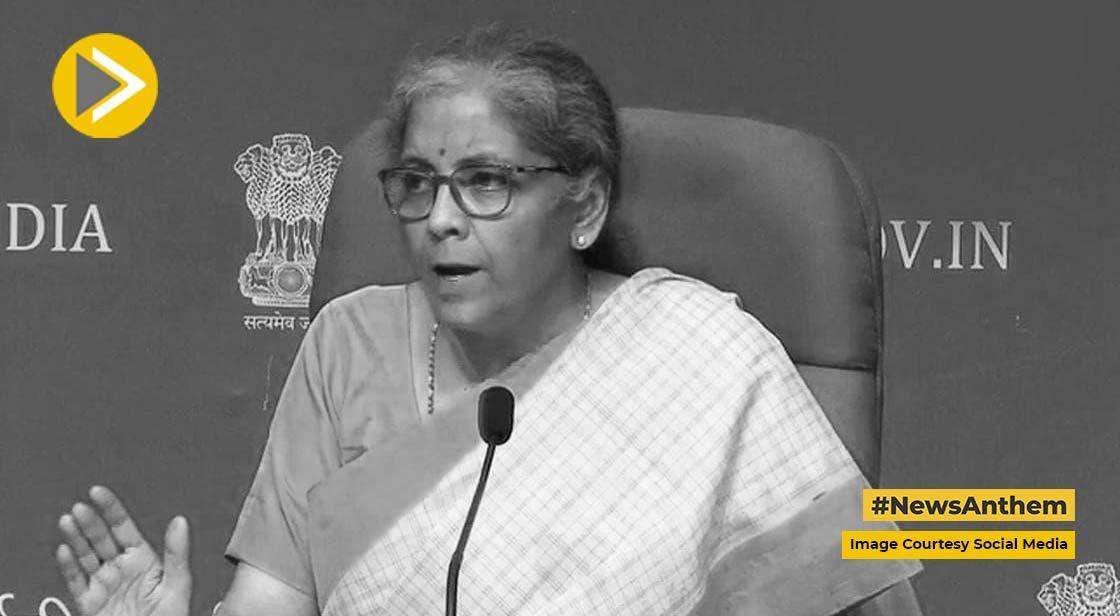FM Sitharaman Re-introduces Revised Income Tax Bill 2025 in Lok Sabha—All You Need to Know

News Synopsis
Days after withdrawing the original draft, Union Finance Minister Nirmala Sitharaman introduced the revised Income-Tax (No. 2) Bill, 2025 in the Lok Sabha, aiming to replace the long-standing Income Tax Act, 1961 with a clearer, more contemporary framework .
Overview – Fresh Bill, Updated Clarity
Comprehensive Incorporation of Recommendations
The new bill endorses “almost all of the recommendations of the Select Committee”, including stakeholder-sourced refinements to improve legal accuracy . Parliamentary Affairs Minister Kiren Rijiju emphasized that the bill maintains the essence of the original draft, while integrating panel feedback .
Consolidated Draft for Legislative Clarity
Union Finance Minister Nirmala Sitharaman noted the updated bill benefits from “corrections in drafting, alignment of phrases, consequential changes and cross-referencing.” With conflicting versions eliminated, lawmakers now have a single, coherent draft before them .
Notable Features of the Revised Framework
Massive Simplification of the Tax Code
The revised legislation condenses the tax law to 536 sections and 16 schedules, slashing word count nearly by half compared to the older, heavily amended version spanning over five lakh words .
"Tax Year" Replaces Previous and Assessment Year
A unified Tax Year concept now aligns earning and compliance within a single period, replacing the outdated “Previous Year” and “Assessment Year” constructs .
Select Committee’s Key Interventions
-
The panel tabled over 285 recommendations in a detailed 4,500-page report, focusing on simpler language, clearer provisions, and easier taxpayer compliance .
-
Crucial drafting flaws, such as provisions that would have unfairly taxed vacant properties, were rectified, protecting taxpayers from unintended burdens .
Enhanced Fairness & Aims for Litigation Reduction
The revised draft seeks to reduce legal ambiguity, curb unnecessary litigation, and align broad provisions such as definitions and refund timelines to benefit individuals, MSMEs, and charitable trusts .
What Lies Ahead?
Parliament will now debate and scrutinize the bill. If approved, the new Income-Tax (No. 2) Bill, 2025 will usher in India’s most significant direct tax overhaul in decades, replacing a six-decade-old law with a streamlined, modern framework
Conclusion
The introduction of the revised Income-Tax (No. 2) Bill, 2025 marks a pivotal moment in India’s fiscal policy evolution, setting the stage for the most comprehensive overhaul of direct taxation in more than sixty years.
By incorporating “almost all of the recommendations of the Select Committee” and addressing stakeholder concerns, the bill reflects a deliberate effort to simplify tax administration while enhancing fairness and clarity.
Key reforms—such as replacing the “Previous Year” and “Assessment Year” with a unified “Tax Year,” condensing the law to 536 sections, and eliminating contradictory provisions—are designed to reduce litigation, improve compliance, and align taxation with modern economic realities.
With explicit safeguards against unintended tax burdens and provisions aimed at supporting individuals, MSMEs, and innovation-driven sectors, the legislation promises a more transparent and accessible framework.
As Parliament deliberates, its passage could mark the beginning of a streamlined, taxpayer-friendly era in India’s direct tax regime.
You May Like









